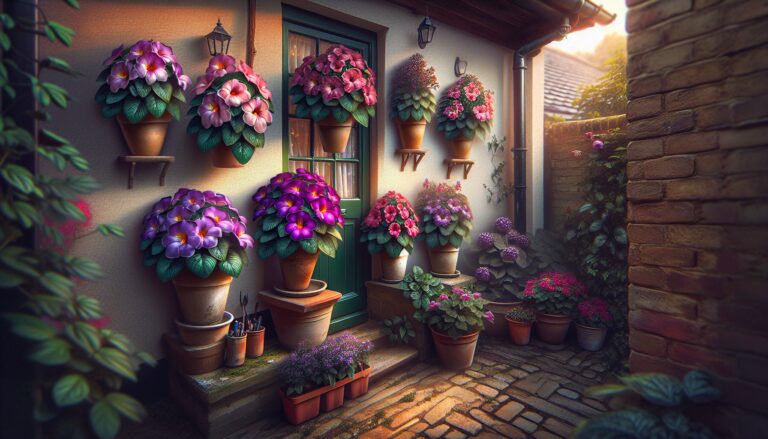Argomenti trattati
Understanding gloxinia: A botanical beauty
Gloxinia, scientifically known as Sinningia speciosa, is a captivating member of the Gesneriaceae family, renowned for its lush, velvety leaves and striking bell-shaped flowers. These plants, often mistaken for their hardy counterpart, Incarvillea delavayi, are primarily cherished as houseplants due to their vibrant blooms and unique aesthetic appeal. With origins in tropical regions, gloxinia thrives in warm, humid environments, making it a popular choice for indoor gardening enthusiasts.
Optimal growing conditions for gloxinia
To cultivate healthy gloxinia plants, it is essential to replicate their natural habitat. These plants prefer bright, indirect light, which can be achieved through sheer curtains or by placing them near a window with filtered sunlight. Direct sunlight can scorch their delicate petals, so monitoring light exposure is crucial, especially during the summer months. A well-draining potting mix, ideally formulated for African violets, is vital for gloxinia’s health. A blend of peat moss, perlite, and coarse sand creates an ideal environment for root development.
Watering and humidity requirements
Watering gloxinia requires a delicate balance; the soil should remain moist but not soggy. Overwatering can lead to root rot, a common issue for these plants. Signs of overwatering include drooping leaves and a wilting appearance. To maintain optimal humidity, consider placing the pot on a tray filled with pebbles and water, ensuring the base of the pot remains dry. Gloxinia thrives in temperatures between 65°F and 75°F, making it essential to avoid cold drafts that could damage the leaves.
Fertilization and growth stimulation
Regular fertilization is key to encouraging abundant blooms. A balanced 15-15-15 fertilizer can be applied every two weeks during the growing season. Alternatively, a diluted solution at every watering can provide the necessary nutrients without overwhelming the plant. Additionally, pinching off spent flowers can stimulate the growth of new buds, ensuring a continuous display of vibrant blooms throughout the season.
Propagation techniques for gloxinia
For those looking to expand their gloxinia collection, propagation can be achieved through leaf cuttings or tubers. The most common method involves planting tubers in spring, aligning with the plant’s natural growth cycle. While gloxinia seeds can be challenging to germinate due to their size and specific requirements, successful propagation can lead to a thriving garden of these stunning plants.
Common pests and care tips
While gloxinia is generally resistant to pests, they can occasionally attract mites or thrips. Using neem oil as a preventive measure can help manage these issues effectively. If root rot occurs, gently remove the damaged roots and replant in fresh potting soil. With proper care and attention, gloxinia can flourish, providing a stunning display of color and beauty in any indoor space.

